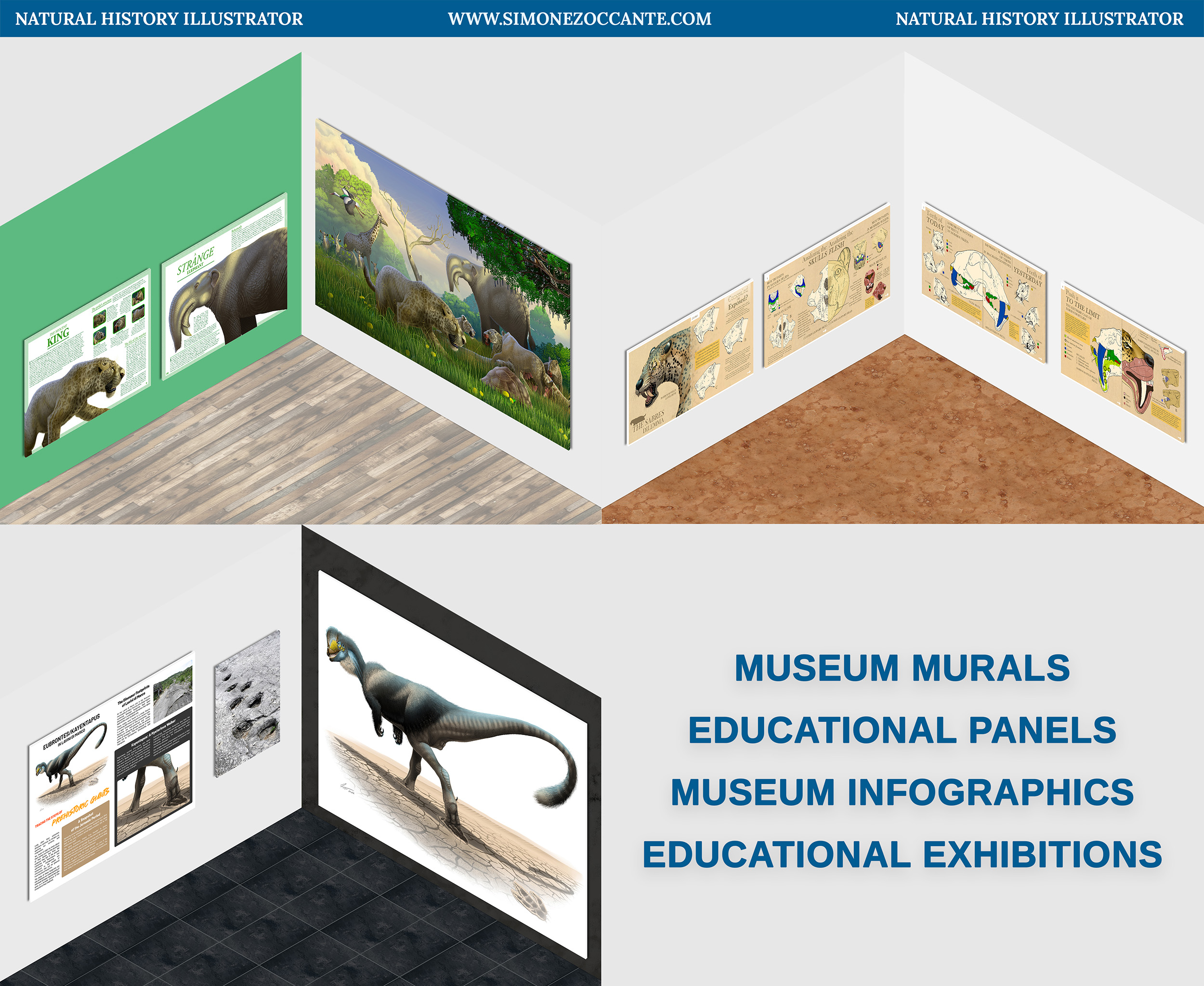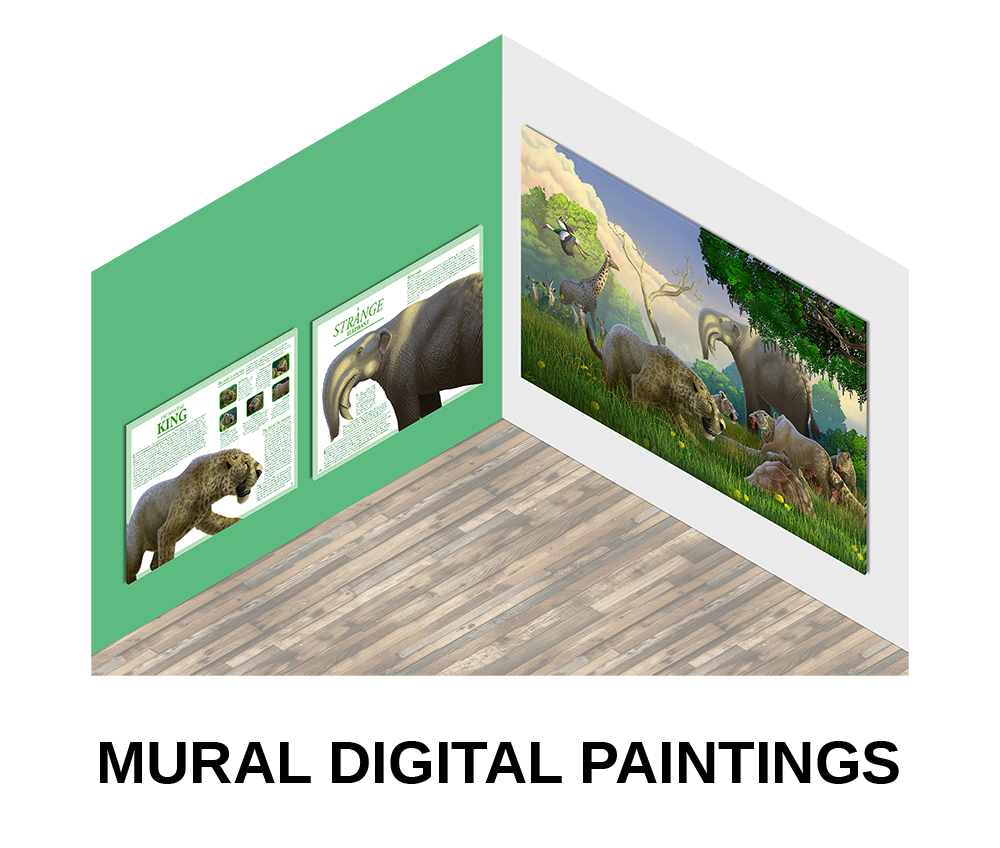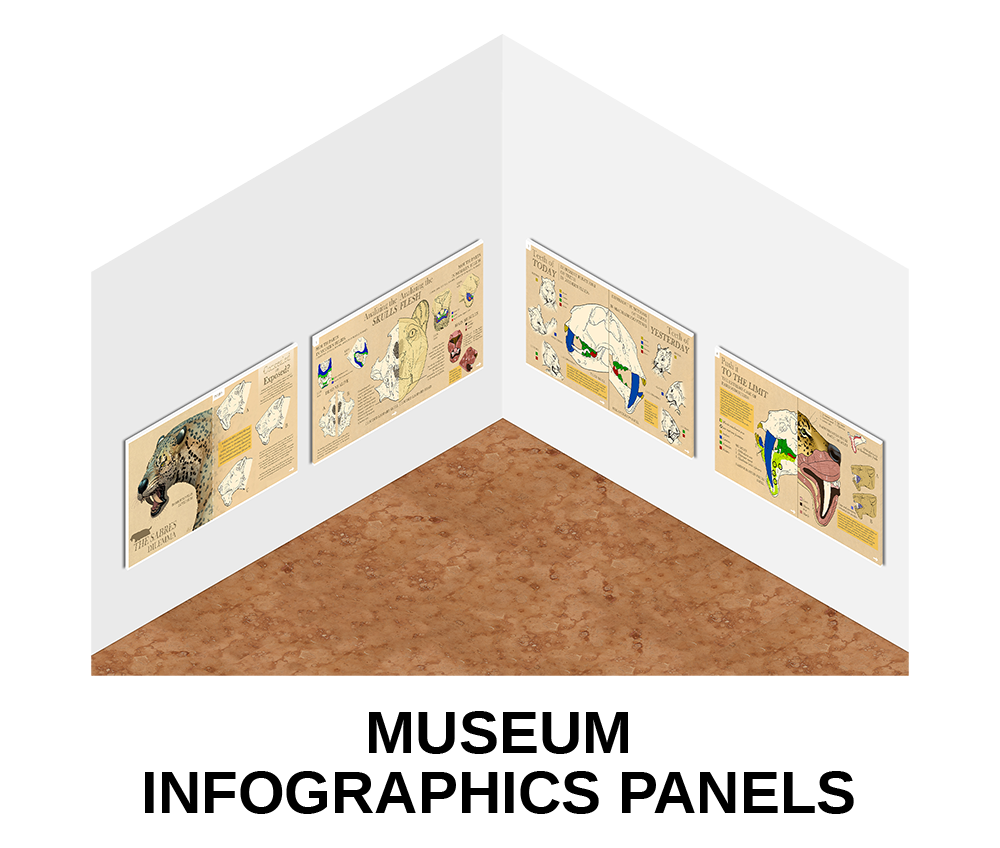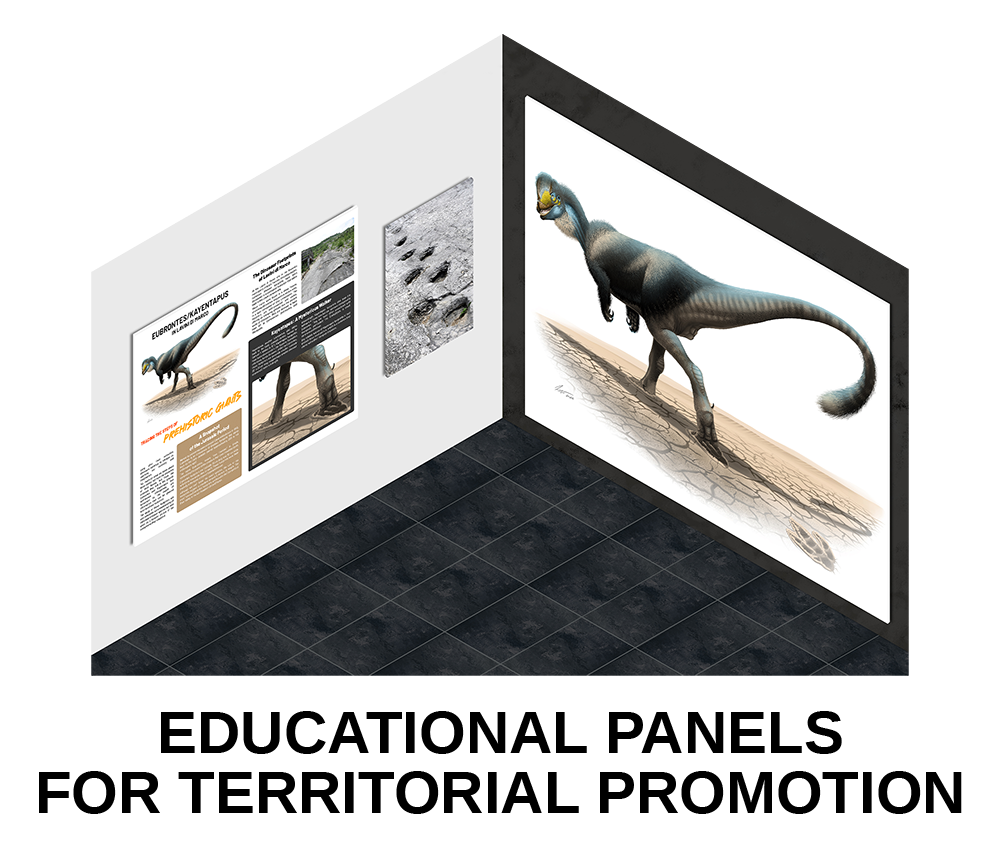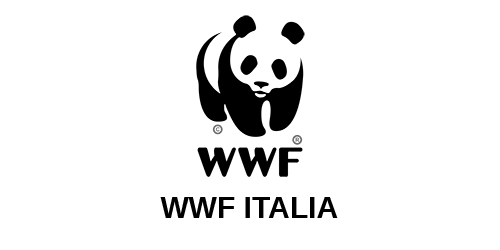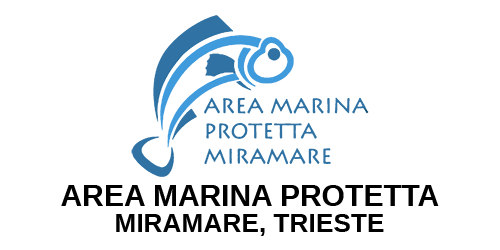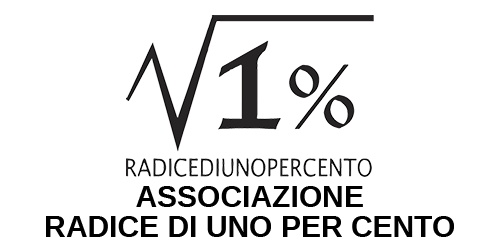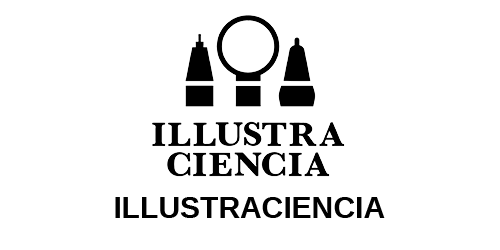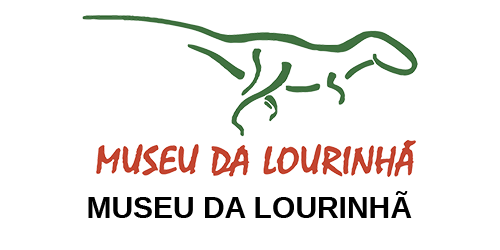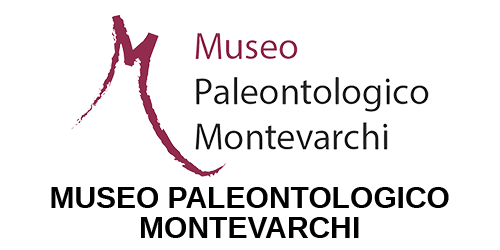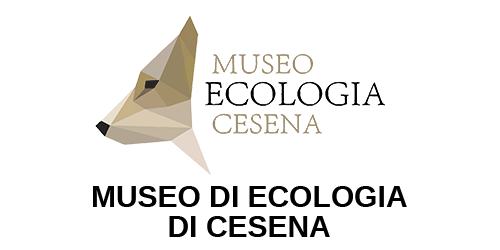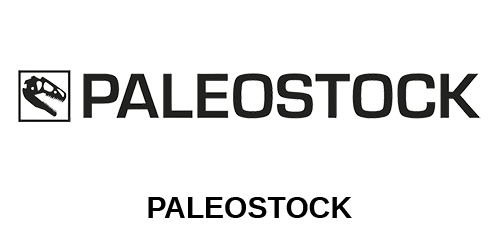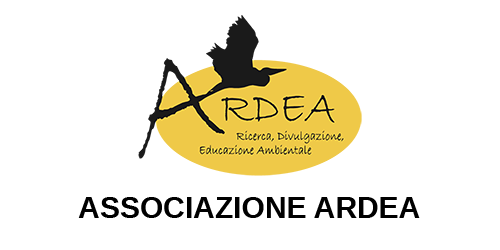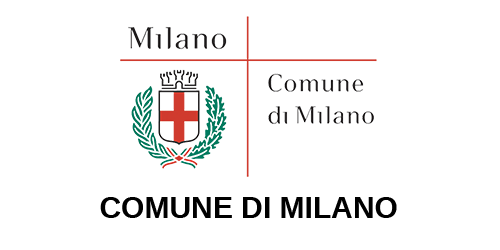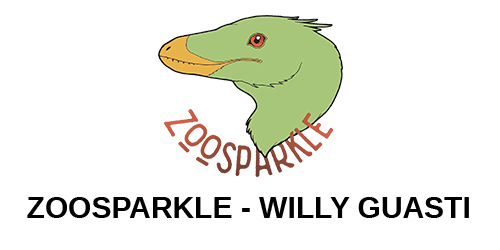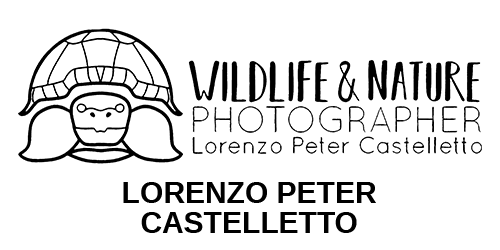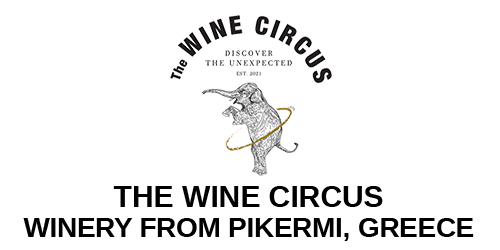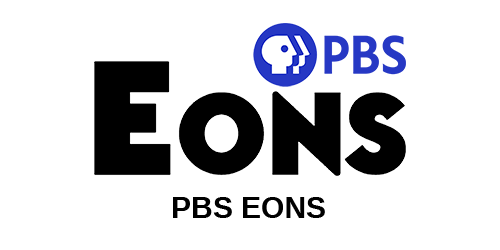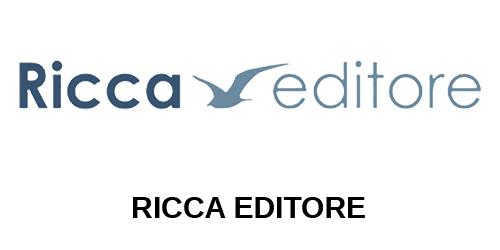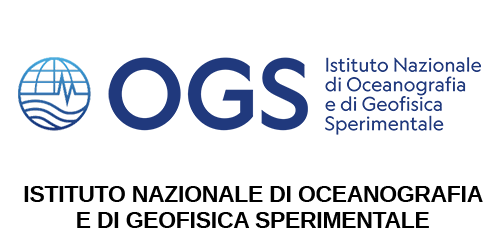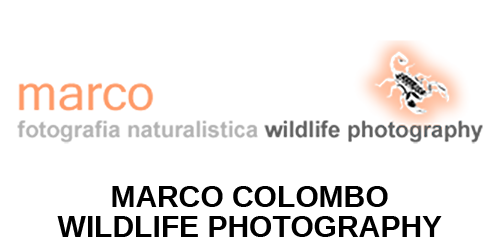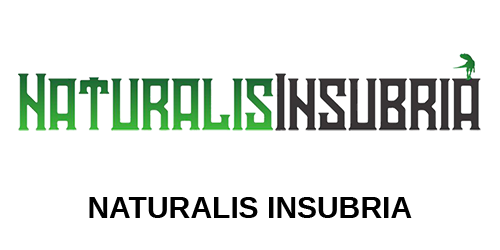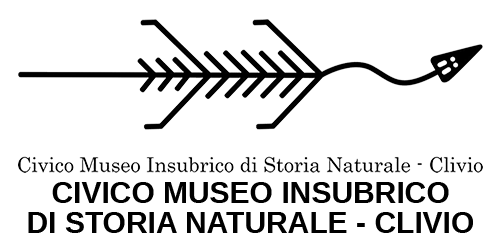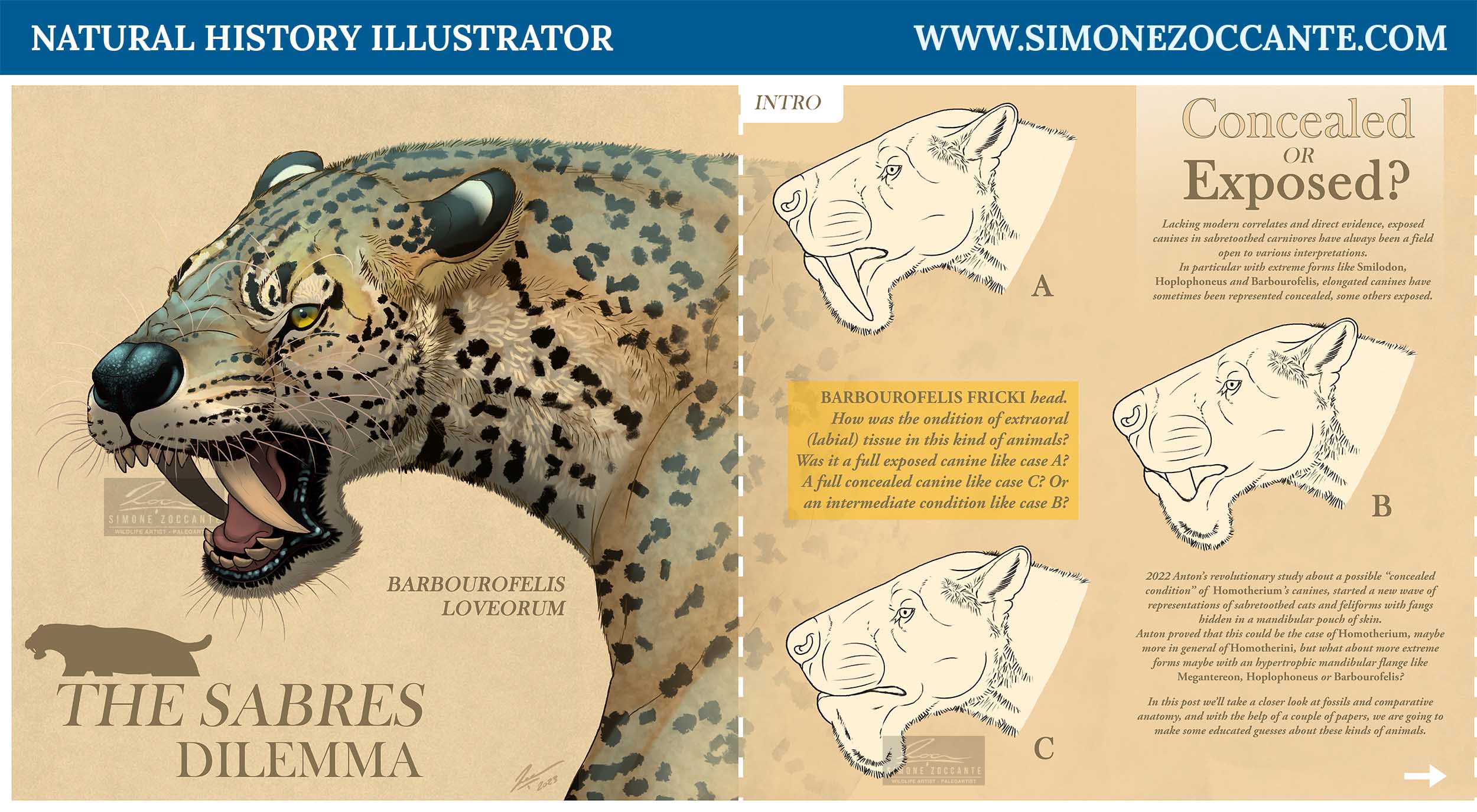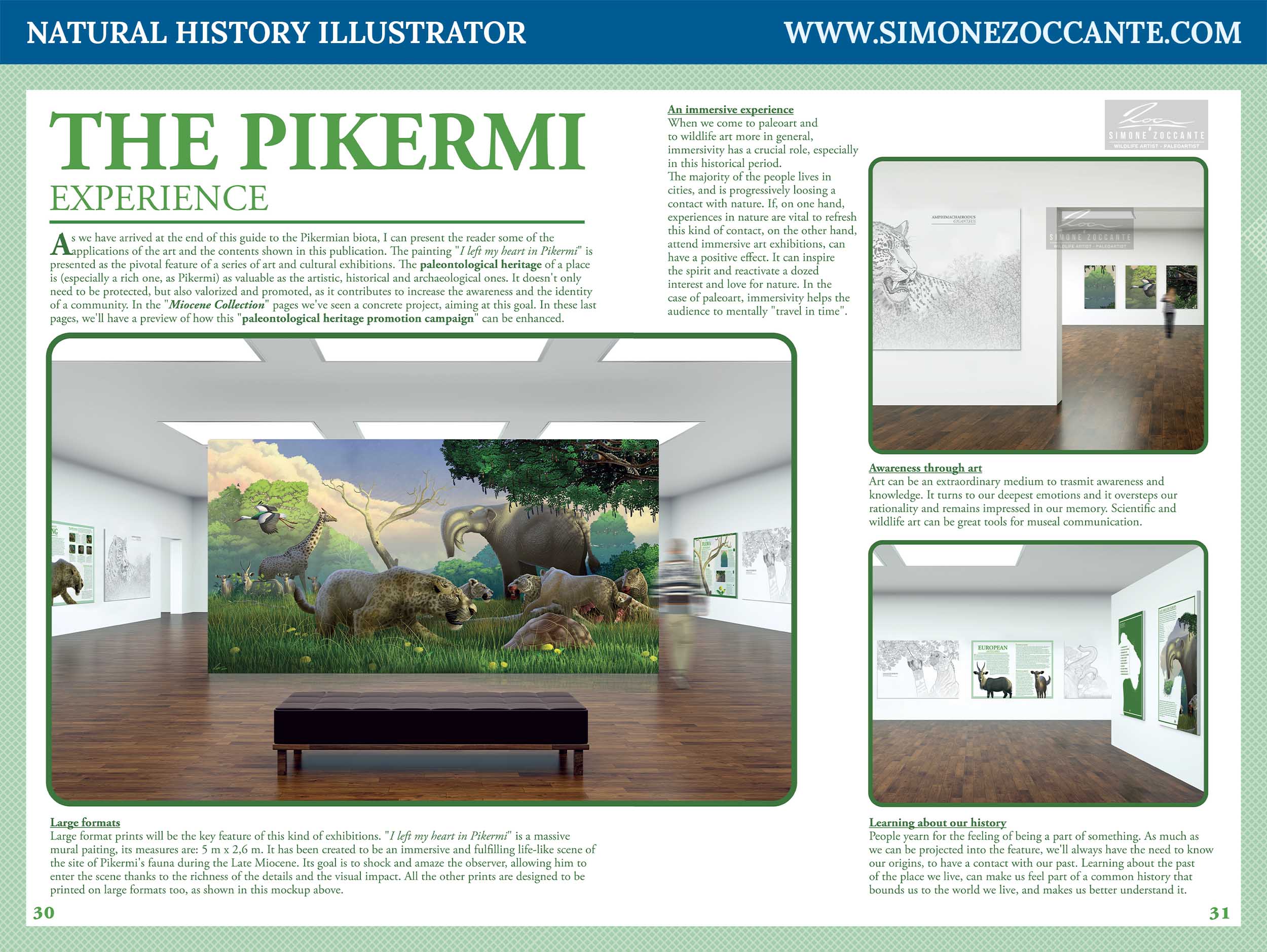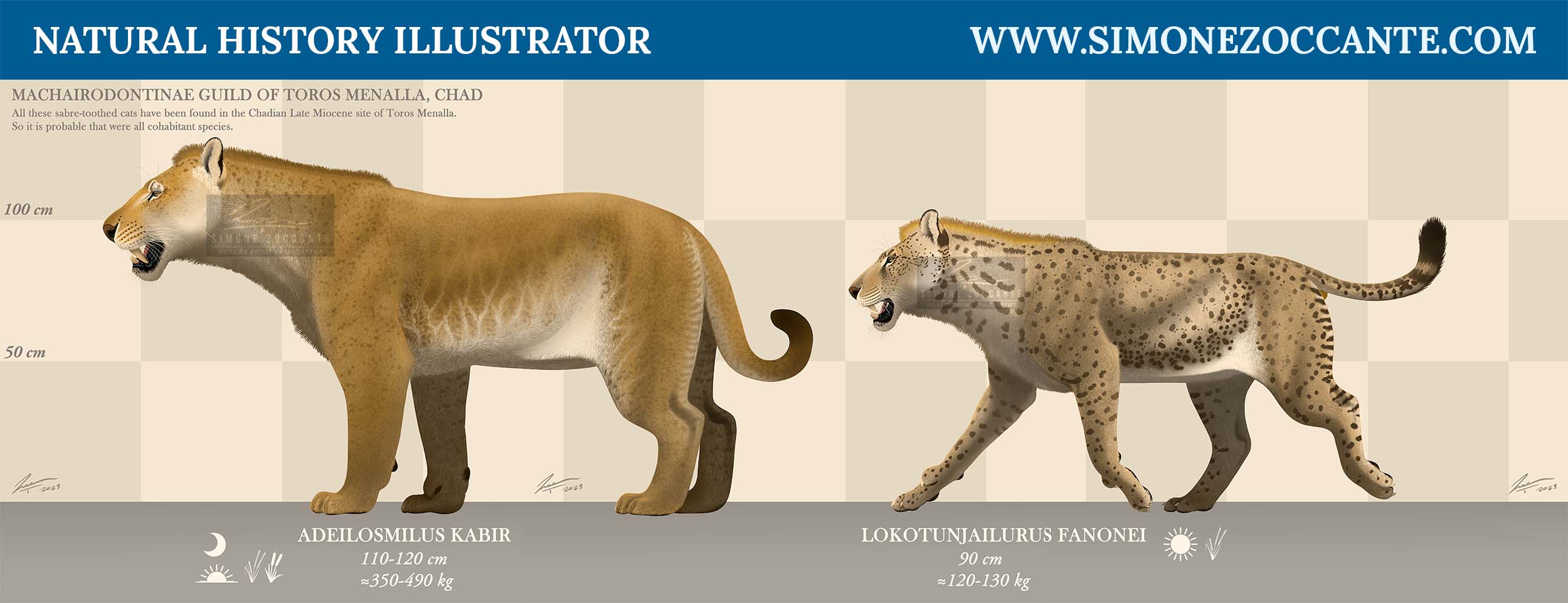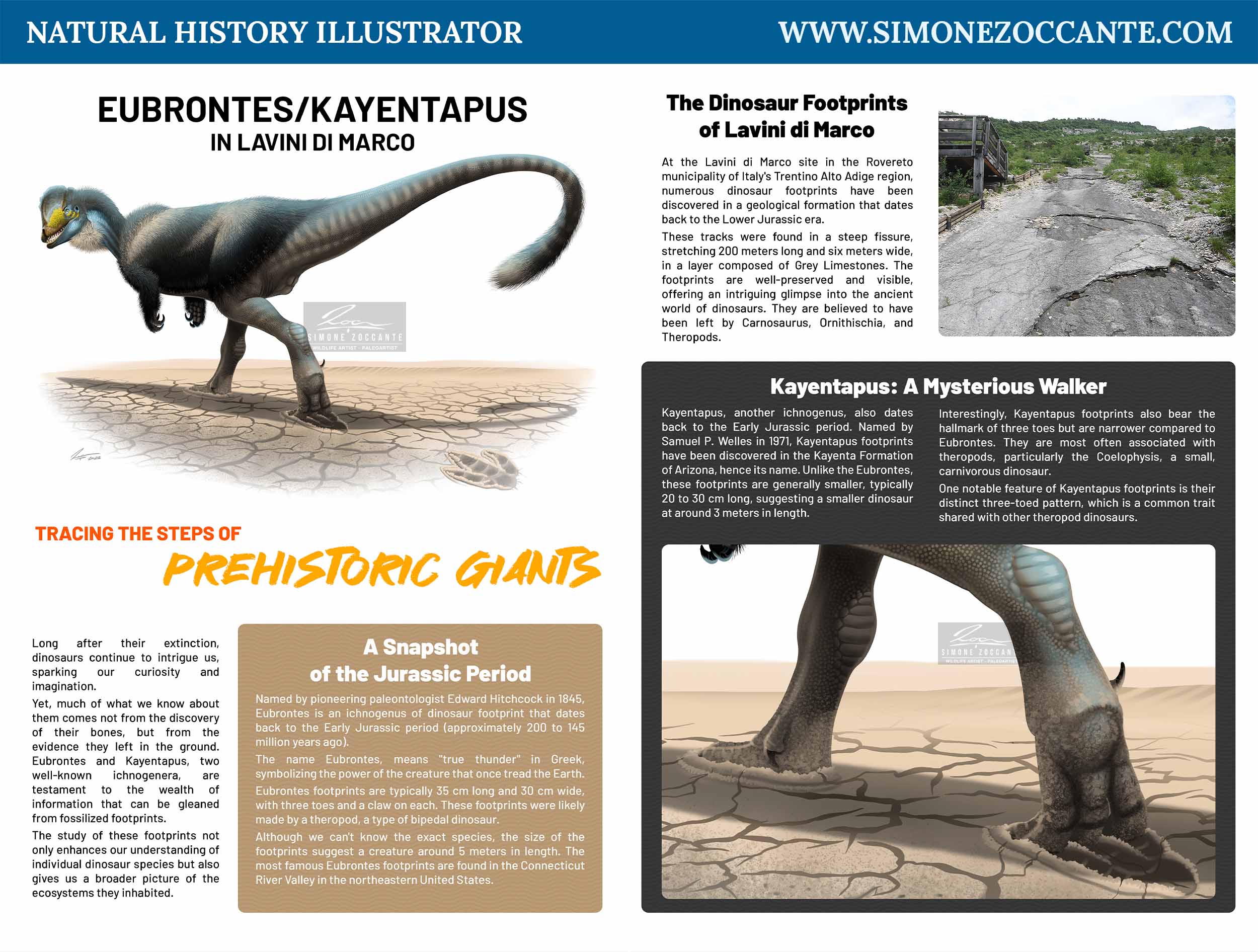Hi, I’m Simone Zoccante an Italian natural history illustrator and paleoartist, with a deep-rooted knowledge in zoology, natural history, and paleontology.
For over 25 years, I have nurtured a deep passion for zoology, natural history, and paleontology. These subjects are the foundation of my artistic production.
Since 2014 I have been working in visual arts and from 2020, I officially began my career as a scientific illustrator and paleoartist. Since then, I have worked with various museums, both in Italy and internationally, and have independently published books and dossiers on naturalistic illustration and paleoart, carried out communication activity on the web on natural history and paleontology, and I have also been awarded in paleoartistic competitions helded by Museums in Italy (Italian Paleoart Award from the Montevarchi Museum) and in Portugal (the prestigious Paleoart Competition of the Lourinhã Museum).
Throughout my career, I have specialized in creating large-format museum paintings, including digital murals that can be printed up to 8 meters in length. These murals maintain high print quality, allowing the public to appreciate them up close. Additionally, I specialize in creating illustrations for museums, along with infographics and exhibition panels.

